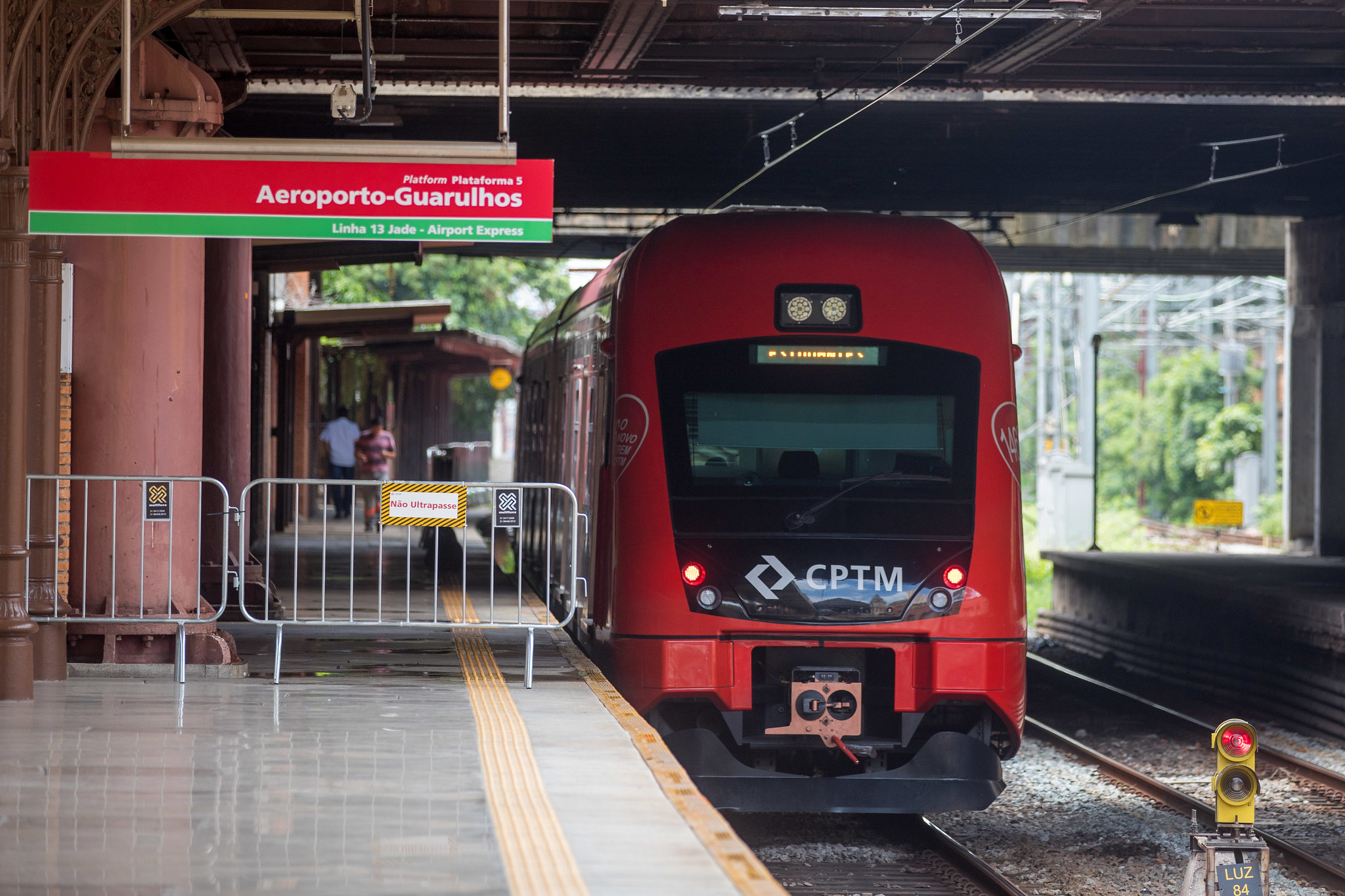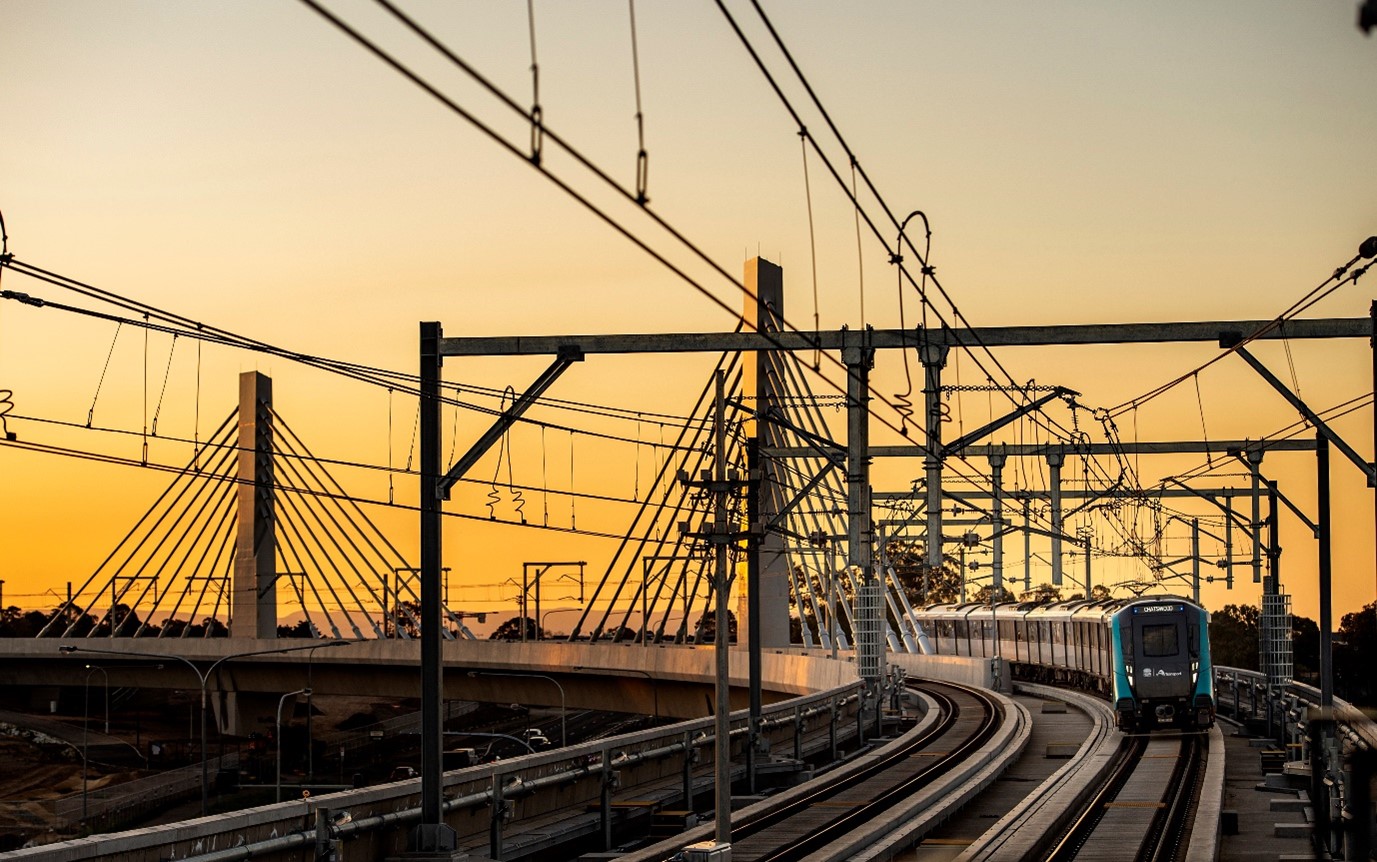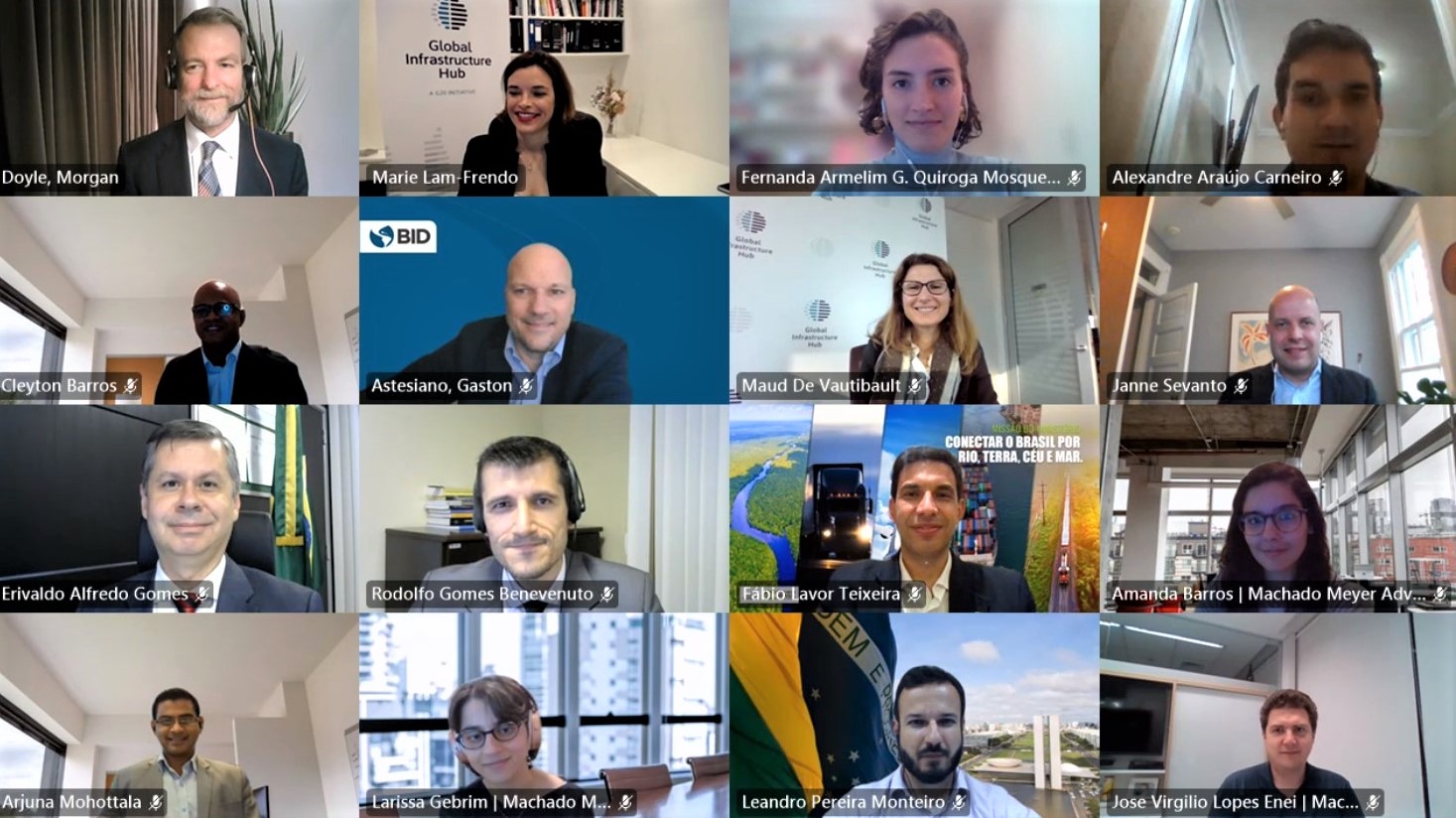79 results found
Featured results

More results
Cities are at the forefront of the pandemic crisis and are key players in the fight to achieve net-zero emissions targets. The recovery choices they make today will set urban agendas for years to come.
Cities are at the forefront of the pandemic crisis and are key players in the fight to achieve net-zero emissions targets, but they lack funding for essential services and infrastructure. Examples from recent projects demonstrate ways to increase support from private investors.

The Innovative Funding and Financing (IF&F) tool aims to help governments structure bankable projects that attract private investment, highlighting specific solutions for structuring projects to optimise private infrastructure investment.



The New South Wales (NSW) Government sought to upgrade a 155 km section of the Pacific Highway between Woolgoolga and Ballina. It adopted a d elivery partner model that repackaged the works and tender packages on a trade or activity basis, for a logical sequencing of works across the entire project.


Pre-COVID-19, two Sao Paulo metro lines carried 1 million passengers daily. A demand sharing mechanism encouraged private sector investment in the concession contract.
Coastline traffic in the State of São Paulo, Brazil, has overwhelmed road capacity. Three highway concession contracts were introduced, using a demand risk sharing mechanism and dynamic user fee model to attract private sector participation.
How can we drive infrastructure delivery reforms? Join GI Hub and Jacobs on 26 October for the launch webinar of our newest initiative, Improving Delivery Models.
What role can the private sector play in a green transition? How is green financing implemented, and what are the current green financing trends? These are a few of the key questions that will be explored in this GI Hub and IFC webinar.
Uganda is targeting a 22% emissions reduction from a business-as-usual scenario by 2030.
Uganda is targeting a 22% emissions reduction from a business-as-usual scenario by 2030. A run-of-river hydropower station project lowered energy costs and reduced greenhouse gas emissions.
In this panel discussion, participants will be introduced to approaches to attracting institutional investors and mobilising capital markets, hearing solutions and lessons learnt from recent projects in India and South Africa.
To increase its global competitiveness, Brazil created an ambitious strategy to attract more private investment in its infrastructure. A partnership with the Global Infrastructure Hub helped Brazil implement and realise this strategy.

Brazil is positioned to attract more private sector investment into infrastructure and to bring further bankable projects to market following an 18-month engagement program between the Global Infrastructure Hub (GI Hub) and the Brazilian Government.
Last week Maud de Vautibault, Director of Practical Tools and Knowledge at the Global Infrastructure Hub participated in a roundtable discussion with the World Association of PPP Units and Professionals (WAPPP)
As stimulus spending ramps up, a ten-year trend study shows private investment in new infrastructure has declined since 2010.
How can hospital PPPs learn from the past to adapt for a post-COVID world?
Africa’s unmet infrastructure need is estimated at nearly $3 trillion by 2040, a new training program aims to drive investment to help close Africa’s infrastructure gap.
Bridging the US$15 trillion infrastructure gap has become crucial given the economic impact of COVID-19. GI Hub's Strategic Advisers deep-dive into a way forward to attract private capital.
The N4 Toll Route is a brownfield toll road concession of 630 kilometres running from Pretoria, South Africa?s administrative capital, to Maputo, the capital of Mozambique and a deep-sea port on the Indian Ocean.
The Channel Tunnel is a roughly 50 kilometre-long rail tunnel linking Folkestone, Kent, in England, with Coquelles, Pas-de-Calais, near Calais in northern France, beneath the English Channel at the Strait of Dover.
The Coral Sea Cable System (CS2) is a 4700 kilometre-long fibre optic submarine telecommunications cable that links both Papua New Guinea and Solomon Islands to the major East Coast Internet Hub in Sydney, Australia.
The Øresund Fixed Link (the Link) is a combined bridge and tunnel link across the Øresund Sound (the Sound) between Denmark and Sweden.


 Innovative Funding and Financing
Innovative Funding and Financing
















